What Does Cacao Taste Like? Discover the Bold, Raw Flavor
Cacao's complex flavor profile has intrigued food lovers and culinary enthusiasts for centuries.
Ancient civilizations revered this remarkable ingredient as a precious treasure, long before chocolate became a global phenomenon.
Sophisticated palates recognize cacao as more than just a simple ingredient, but a nuanced experience waiting to be understood.
Chocolate makers and connoisseurs spend years perfecting their craft, exploring the intricate depths of this remarkable bean.
Subtle notes and unexpected characteristics make cacao a fascinating subject for anyone passionate about culinary adventures.
Sensory experiences with cacao go far beyond basic expectations, promising a journey that challenges and delights the taste buds.
Your curiosity about this remarkable ingredient is about to uncover some delicious insights into its sensory world.
What Is Cacao?
Cacao trees grow naturally in warm parts of Central and South America. Ancient cultures like Mayans enjoyed this special fruit more than 4,000 years back.
People trace the word cacao to ka-kaw from Olmec language. Moctezuma II, powerful Aztec leader, liked drinking xocltl - a thick and bitter drink made from ground cacao seeds.
West African countries now produce most of world's cacao, making up 70% of global supply. Cacao seeds and fruit both work as food.
Chocolate lovers probably know these seeds since they make chocolate possible. Makers take these seeds through several steps: first they ferment them, then grind into smooth paste, add sweetness, and sometimes mix in special flavors.
While cacao fruit seems uncommon in United States, people in Ecuador enjoy it more often. Slowly, more Americans are learning about this interesting food and trying different ways to use it in drinks and snacks.
How Does Cacao Taste?
Seeds from South American cacao trees start chocolate's journey.
People often eat these seeds in raw form.
Bean flavor hints at dark chocolate with earthy and nutty notes.
Raw cacao doesn't taste as sweet as processed chocolate.
Unroasted beans might remind you of roasted coffee.
Cacao fruit flavor depends on tree genetics.
Some types taste floral or tropical, while others have tangy or sour characteristics.
Chocolate makers use these seeds as their main ingredient.
Scientists like Albertus Eskes have studied cacao for many years.
His research shows how different tree varieties change seed flavors.
Experts also believe higher cacao percentages create better chocolate taste.
How Roasting Affects the Flavor of Cacao
Roasting cacao is an important step that changes both its taste and smell in delicious ways.
How Cacao Beans Are Made Ready to Eat
Sticky cacao pods hide raw beans that taste nothing like chocolate. Because of this, even raw cacao products skip using pod-fresh beans.
Cacao beans go through several steps after farmers pick them. Here's what happens:
Tiny microbes eat the pulp and help beans develop their special chocolate smell and taste.
Dried beans can then be sorted and sold to chocolate makers.
Roasting brings out rich chocolate flavor and adds a sweet hint.
Makers press this liquid to remove most of its fat, which makes up about half of the substance as cocoa butter.
Chocolate makers mix this liquid with extras like vanilla, sugar, cocoa butter, and milk.
Numbers on chocolate bars show how much cocoa powder and cocoa butter are inside. Most makers keep their exact recipe a secret.
Cacao vs. Cocoa: What’s the Difference?
Cacao sounds like a fancy word most people don't know much about.
People hear this word more often now because of healthy eating trends and plant-based diets.
Understanding the difference between cacao and cocoa can feel tricky since they sound so similar and both connect to chocolate.
Chocolate makers and plant experts see cacao as the original seed that becomes chocolate.
Chocolate professionals might talk about cocoa as the product or powder from these beans.
Interestingly, languages around the world have one simple word for this plant, while English creates confusion with two different terms.
Language history shows cocoa comes from an English version of the word cacao.
Scientists and health experts point out important differences between these words.
Cacao means raw beans that haven't been heated, often sold as pure chocolate without extra ingredients.
Cocoa means beans that went through roasting, which changes how people can use them in chocolate bars or powders.
Is Cacao Bitter?
Chocolate starts with cacao beans from special trees.
Seeds inside these fruits create unique chocolate flavors.
Sweet and bitter fruits carry small caffeine amounts.
Theobromine provides energy-like feelings for people who eat them.
Cacao seeds sit inside fruit pieces called nibs, which have deep earth-like tastes.
People often find cacao seeds quite bitter by nature.
Compared to smooth chocolate bars, these seeds taste much sharper and more sour.
Raw seeds work as main ingredients in chocolate making, which explains their strong tangy qualities.
Learning about cacao seed flavors helps people understand chocolate's basic taste profile.
Is Cacao Good for You?
Cacao fruit stands out among other fruits with its high antioxidant content and significant magnesium levels.
Scientists consider it a superfood with impressive health benefits.
Research suggests potential help for people dealing with polycystic ovarian syndrome.
People looking for healthier alternatives can choose this over typical processed milk chocolate.
Standard chocolate products often contain large sugar amounts that spike blood sugar quickly.
Cacao contains theobromine, a chemical compound that does not change the fruit's flavor.
People can find this substance in multiple plant sources.
Chocolate makers recognize theobromine as a key ingredient with medicinal qualities.
Medical experts suggest this substance might impact blood pressure and heart health.
While theobromine can boost immune system performance and potentially reduce cardiovascular disease risks, consuming massive quantities could pose health dangers.
Cacao Facts You Should Know
Chocolate starts with unique fruit hanging from special trees.
Cocoa trees belong to Malvaceae plant groups.
Beans become key ingredients for sweet treats.
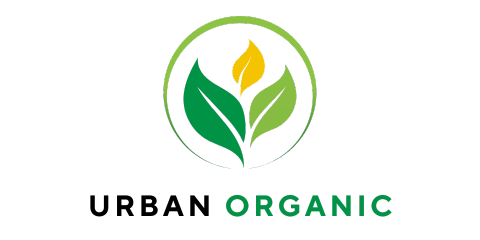
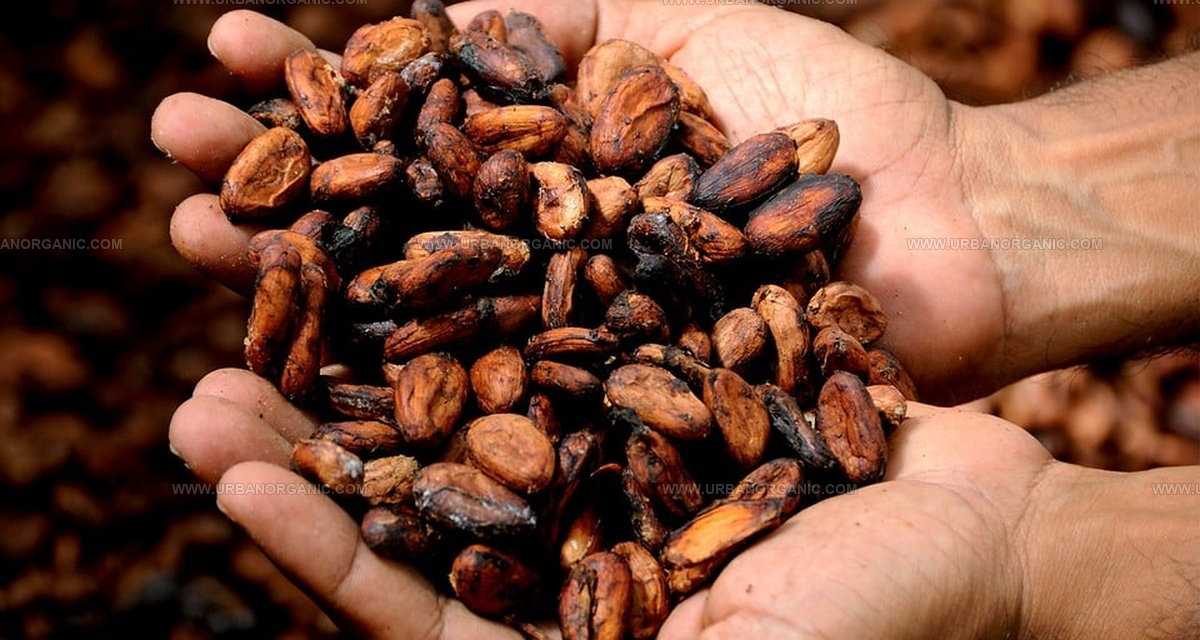
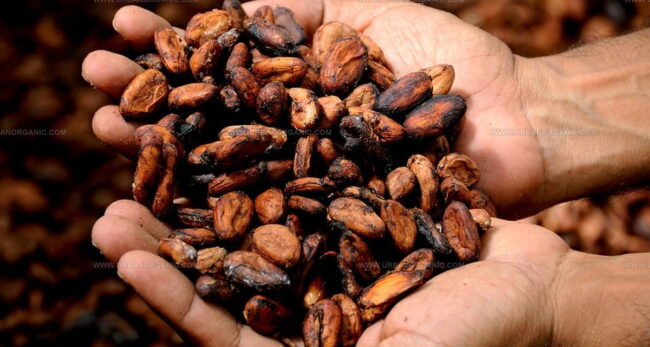
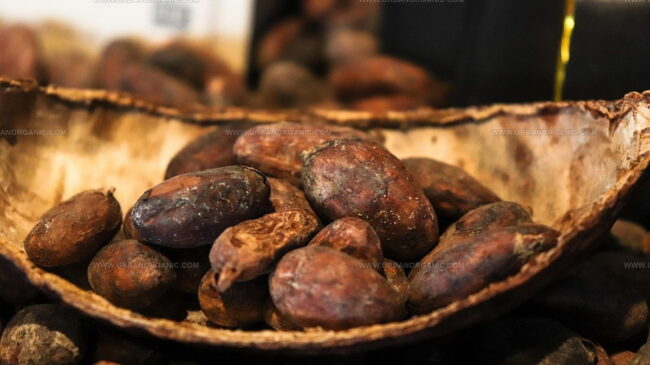
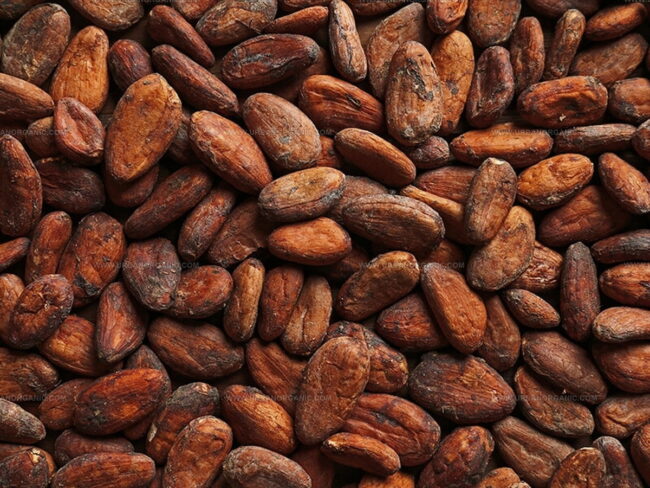
Michael Thompson
Founder & Culinary Director
Expertise
Classical & Contemporary Cooking Techniques, Global Cuisine Appreciation, Nutrition & Menu Engineering, Sustainable Cooking Practices, Farm-to-Table Cuisine
Education
Southwestern Oregon Community College
Michael grew up in Oregon, where he learned early that food tastes better when it’s fresh, local, and made with care.
After earning his degree from the Southwestern Oregon Community College, he focused his career on teaching others how to cook with the seasons, reduce food waste, and reconnect with what’s on their plate.
Michael keeps his cooking simple, sustainable, and full of flavor. His favorite part of the process? Watching people realize how easy and satisfying it can be to cook a single great meal from scratch.